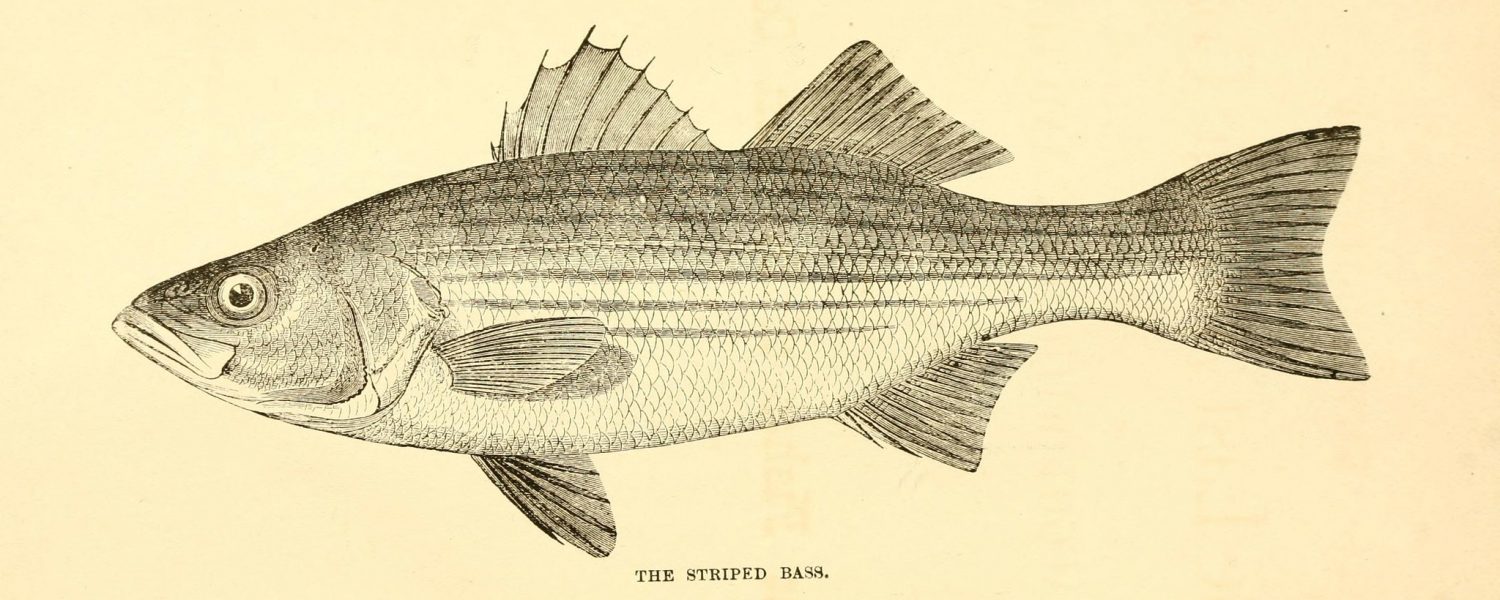August 7, 2017
SOURCE: Alltech
The increased demand for fish has put a strain on resources and sustainable practices among fisheries, requiring the innovative use of existing and new technologies. Fortunately, there is great potential to produce this protein source sustainably, particularly through the advent of technology. Like other agricultural industries, the technologies being introduced within aquaculture are the focus of interest from the farming community and its investors. According to AgFunder, aquaculture investment increased 271 percent in 2016 over the previous two years.
From salmon to oysters, biosensors such as those created by Sense-T are helping to create efficiencies in the industry through the analysis of oxygen levels and water temperature; even heart rate and metabolism can be measured! Shrimp farms in India are using Sensorex to monitor dissolved oxygen levels and balance pH to create an ideal atmosphere for improved shrimp efficiencies and yields.
One of the coolest technologies is that of eFishery, which uses sensors to detect the hunger level of the fish and feed them accordingly. It can be used in any size farm and can reduce feed costs by up to 21 percent. Real Tech uses sensors to monitor water quality and uses ultraviolet transmission to disinfect water of pathogens and clean aquaculture production facilities. Norwegian AKVA Group builds an entire cage with cameras, sensors, feeding and recirculation systems for use in open ocean or inland farming.
Osmobot focuses exclusively on land-based aquaculture and allows for cloud management and mobile connectivity. YSI has an array of handheld sensing devices, automatic feeding technology and transportation tanks that maintain the fishes ideal environment. Other neat companies that offer entire monitoring systems include IPI Singapore, which offers real-time monitoring and connects for cloud-based analytics, and Pentair, which offers a complete suite of sensor-enabled aquaponic equipment for the small-time hobbyist all the way up to commercial production companies.
